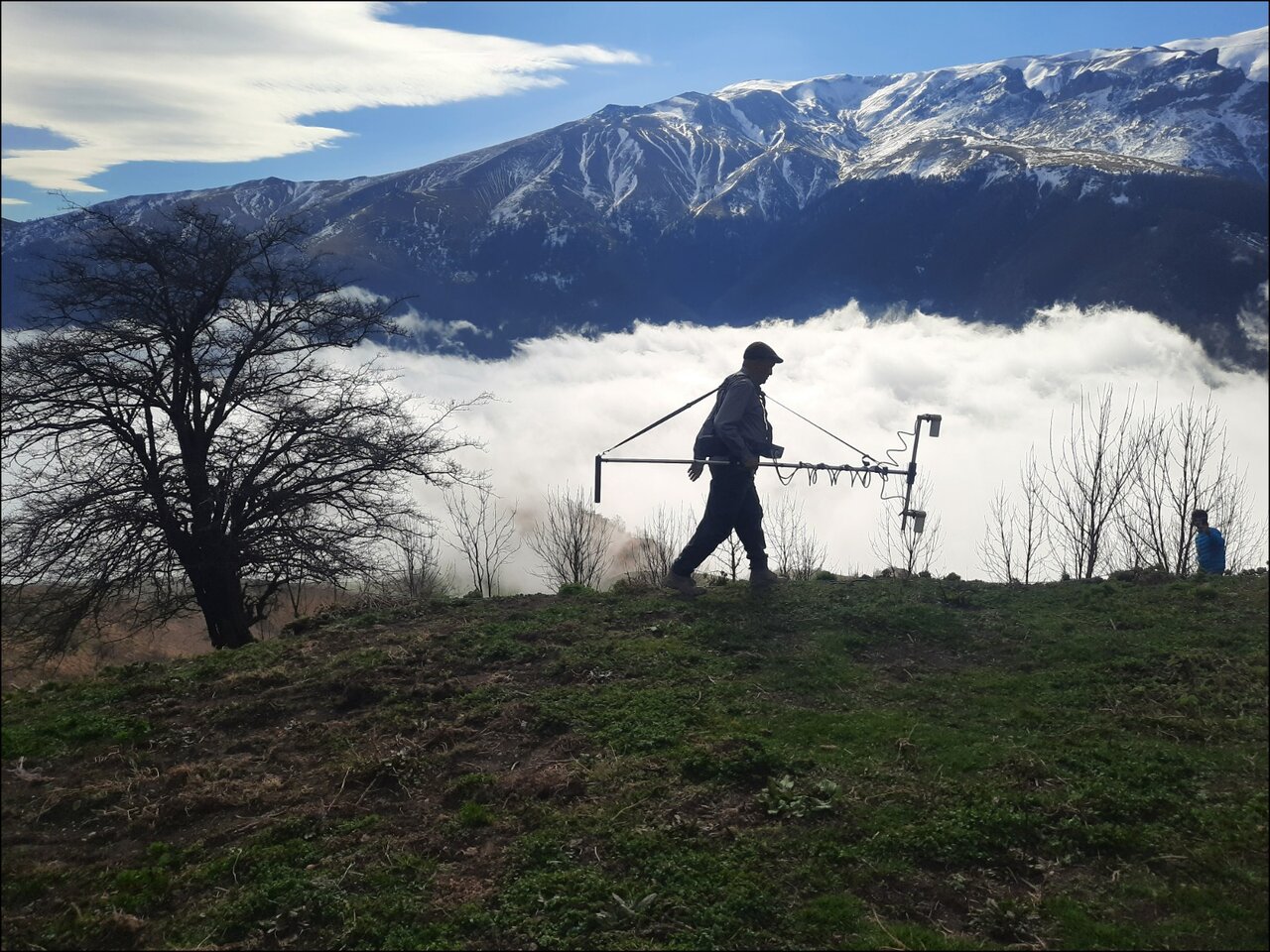Geophysical scans reveal widespread ancient metallurgy in Iran’s Masouleh

TEHRAN - New evidence points to a sophisticated history of iron production intertwined with pastoral life in the renowned cultural landscape.
Recent archaeogeophysical surveys in the cultural landscape of Masouleh, northern Iran, have revealed preliminary evidence of extensive ancient metal-smelting operations, shedding new light on the region's historical economic significance.
According to Dr. Kourosh Mohammadkhani, an archaeologist at Shahid Beheshti University, the research team employed magnetic methods at several key sites, including Khan Baji-Sara, Melarzan, Vizeh Khuni-Sar, and Gilvand Rud. This work, conducted over several months under the supervision of the Ministry of Cultural Heritage, Tourism and Handicrafts, has identified magnetic anomalies strongly indicative of numerous ancient furnaces used for smelting metal.
One of the most remarkable findings is the clear overlap between these subsurface industrial features and abandoned pastoral settlements. For instance, at the Vizeh Khuni-Sar site, adjacent to one such settlement, the team detected a prominent magnetic anomaly measuring approximately 35 by 17 meters. The magnetic field intensity there was measured at around +50 nanoteslas in the positive range and –25 nanoteslas in the negative range, a signature most likely caused by a large heat-affected area containing metallic remains.
Dr. Mohammadkhani emphasized that this data strongly suggests the presence of multiple ancient furnaces, making these sites highly promising candidates for future excavation aimed at uncovering ancient metallurgical structures. Corroborating evidence was also found at other sites, including Gilvand Rud, which appears to be a major center for such activity, and Khan Baji Sara which was recently excavated by a joint Iranian-Chinese team.
These discoveries profoundly deepen the significance of the Masouleh cultural landscape, an area already renowned globally for its unique terraced architecture and its status as one of Iran's most valuable historical and natural heritage sites. Situated in the Alborz highlands within the Hyrcanian forests, Masouleh is now understood to have been far more than a picturesque historic settlement. Over many centuries, it served as a vibrant center for diverse economic activities, including pastoralism, historical iron production, and regional trade. The recent findings, which build upon a decade of archaeological work that uncovered unique multi-stage furnaces, reveal the deeply interconnected relationship between pastoral life and metallurgical industry in this region throughout various historical periods.
The scenic village of Masouleh is famed for its Lego-shaped earthen houses built on another’s rooftop.
AM
Leave a Comment